-
Posts
547 -
Joined
-
Last visited
-
Days Won
1
Content Type
Profiles
Forums
Resource Library
Events
Gallery
Blogs
Store
Community Map
Posts posted by Dhu Varren
-
-
Tony have you a better shot of the railcar set, it almost looks like a BUT 701 class car sandwitched between an L12 brake end coach (possibly as driving trailer) and a 6 wheel van
Definitely not a BUT 701 class car. The doors are in the wrong place for a 700, and it looks like there is a guards compartment at the rear. This would make it an AEC 600 class.
-
Question:
If I have fixed track work to a 3mm cork roll underlay, can my Peco platform edging strips be fixed to the cork also or do I need to fix to plywood baseboard level to maintain true scale heights?
The Peco platform edges need to be mounted at the same level that the track is. So whatever surface the track is on, the bottom of the edges need to be at the same height.
-
Leslie, heres one of your Inglis bread container in the siding at Omagh General Station.
[ATTACH=CONFIG]26811[/ATTACH]
Nice picture of the south end of the station, with the engine shed in the background.
Also nice to see a couple of ex NCC vans in the line up. Third and fifth vans from the left.
-
I have lately tried to post images of things (naturally, upside down!) but I have been unable to upload them for the same reason - "too large to upload". I'm puzzled - I've been able to do this before. Anyone got any ideas?
Sorry; off post........
I find the easiest way to resize a picture is to open the picture in the 'Paint' programme in Windows and use the 'resize' facility to reduce the size. The picture can then be saved using the original name, or if you want to keep the original picture as it was, save the resized one using 'save as' with a different name. I just add an a to the name.
The 'paint' programme can also 'rotate' pictures that may be upside down JHB. I recently managed to post a picture on IRM upside down because the original had been scanned upside down due to awkward positioning on the scanner. When viewing the picture in Windows, I rotated it the right way up, but when I posted it to IRM, it came out upside down. Opening it in 'paint' revealed that the original picture was still upside down. A quick rotation using 'paint' sorted that problem, and the picture was reposted on IRM, this time the right way up.
-
For reference, here is a picture of the rear end of a UTA PS1 bus.
To produce a reasonably accurate UTA PS1 bus from this bus is either nigh on impossible, or would entail major reconstruction, which probably would not be worth the effort. It reminds me of the response from a local on the west coast of Ireland when asked for directions to Dublin. “If I was going to Dublin, I wouldn’t start from here”.
The only ECW bodied busses in Northern Ireland that I am aware of, were in the Londonderry & Lough Swilly fleet, but they were AEC engined.
This model has an Eastern Coach Works body, which bears no resemblance whatever to anything the UTA, or indeed the NIRTB, ever had. The best thing to do if using this as a donor, would just be to add a roof luggage rack, modify the destination box, and paint in UTA livery.
A better donor for conversion would be an EFE Leyland TS8 which at least has the same body profile as UTA bodies. The UTA had one PS1 converted from a rear door to a front door. The pictures below show one version of the EFE TS8, complete with a UTA lookalike livery.
-
I notice that in the clip in Noel's post, right at the very end, well after the impact, the lights start to flash and the barriers come down. The original clip was slightly shorter and does not show this.
-
Nelson, if you click 'Edit Post', and then 'Go advanced' you should then be able to edit the title.
-
Great stuff Dhu. The upgrading of numbers later on has me all confused - 813 to 917 and so on. Thanks for clearing that up. I'm now duty bound to make 811 or 812 with the amended window spacing so!
 Richie.
Richie.Yes, the renumbering can be quite confusing. From what I can make out, the 800 series of coaches were the original batches supplied in 1970 and 1972, which had a three pipe air-brake system. These were then converted to the standard two pipe air-brake system to be compatible with the later ex BR stock. They were then renumbered into the 900 series. Good luck with making 811 or 812, to do it accurately makes an 813 build seem like a walk in the park. David.
-
Ah! I see what you mean now! I'll amend accordingly.
What's this then? (looks like 812 when zoomed in???)
[ATTACH=CONFIG]26574[/ATTACH]
It could be 912, which is a Brake Standard Generating Van. A BSGV is what this picture is of, not a DBSO.
-
I used various sources to research the coach profile, but I've corrected the typo of 813, which should read 812. Apologies Dhu!
813 has only 3 windows in the passenger section, and will be tackled next after I've finished a few commissions for folk.
Picture of 813 below.
813 has four windows in the passenger section, but the window spacings of the Lima Brake 1st make it only suitable for a direct conversion to 813. They are wrong for 811 & 812. Below is a picture of two coaches, the top one is a Lima Brake 1st, suitable for 813, the bottom is a cut and shut in progress for either 811 or 812. Note the different window spacings
-
Nice job Glenderg, but I have to point out that only 811 and 812 were DBSO, 813 was a DBFO for which the Lima 2B Brake 1st is perfect for conversion. The window spacings of the coach are different to 811 and 812. I too have built 813 using the Lima Brake 1st, and am currently building 811 with a bit of cut and shut for the driving/guard end, and using half a Lima 2nd Open for the passenger end.
-
Over the years, and on many portable layouts for exhibitions, I have used a number of ways of securing the rails at baseboard joints. No matter how careful you are when transporting layouts, the rail ends can get knocked and damaged, even if there is some form of protection at the ends. The protection has to be removed at some point leaving the ends vulnerable.
I have used the brass screw method as described by Junctionmad, and while it does do the job well, I found that you had to know precisely where the track was going to go before laying it, in order to put the screws in. There was no moving the track a few millimeters to improve the final alignment afterwards, and it was impossible to put in screws after the track was laid, without disturbing the alignment.
The copper clad sleeper method has the disadvantages mentioned by Junctionmad, but is easy to install. It does hold the track firmly in alignment, is easy to adjust by use of a soldering iron, and the sleeper is easily replaced if it gets damaged. However, anything more than a gentle nudge is likely to require a major repair.
After much experimentation, my eventual choice has been to use 12mm copper panel pins with the heads cut off. Once the track is in it's final position and perfectly aligned, a pin is driven into the baseboard as close as possible to the outside of each rail until about 1mm below the top of the rail, close to, but not at the edge of the baseboard, and soldered to the rail. A neat soldered joint is fairly inconspicuous after the rails have been painted, but certainly looks no worse that the baseboard joint itself. The pins hold the rail ends quite securely, and any damage resulting from minor knocks can be adjusted quite easily with a soldering iron, or even a large screwdriver placed against the pin or the inside edge of the rail, and walloped with the palm of your hand, or even a tap with a big hammer will do the trick.
-
 1
1
-
-
I can let you have some copper clad sleeper strip, which you can cut into individual sleepers to the length required.
-
The picture is actually on page 64. The wagon is, in fact, a 4 wheel version of the Guinness loose grain bogie vans at the start of this thread. Just below the Excelsior sign is an unloading hatch with operating lever. On of these levers can just be made out in the picture posted earlier by Mayner on P21 of this thread at the other end of a similar van.
-
I have zoomed into an aerial shot of Omagh Station and although slightly fuzzy you can clearly see two points of possibility where the wagons could have been loaded. In the central part and upper right of shot. Both show wagons parked there.
[ATTACH=CONFIG]26470[/ATTACH]
I would say that the grain wagons in the picture being unloaded are in the siding in the upper right of this shot. This is due to being able to see a number of other wagons beyond the unloading wagons and beyond a low building. These wagons would not be as visible, if at all, were the unloading wagons standing in the siding in the central part of the shot.
-
Looking closer at the picture of wagons discharging grain, it looks like they are four wheeled bulk grain wagons. The one nearest the camera certainly is.
-
As for the brief insipid light grey and light blue of NIR, probably the drabbest and dullest livery ever!
I have to agree that the original light grey and light blue livery was not very inspiring, but the addition of the white lines above and below the blue, did a lot to improve it. A bit like the IR tippex lines improved that livery.
-
Found it !
[ATTACH=CONFIG]26465[/ATTACH]
Photo was by the late Des Coakham
The truck was said to be owned by Scotts the local millers.
The load could well be animal feed rather than wheat for milling, the legend "Excelsior Feeds" is just about visible on the truck
Excellent picture John. I was wondering what the chutes looked like having seen them represented on the drawing.
I note it also says 'Grain in Bulk for Excelsior Feeds' on the truck.
Looks like the GNR was into the carriage of bulk grain for anyone, and not just Guinness.
I seem to remember seeing four wheeled bulk grain wagons on the LPHC lines in Derry, either discharging grain, or loading grain at a grain warehouse at the docks. There was also an overhead conveyor between the warehouse and docked ships. Again, I don't remember which way the grain was going.
-
-
Happy New Year!
Not the sharpest of photos but two nice views of Omagh North Cabin and line side and wagon detail[ATTACH=CONFIG]26414[/ATTACH][ATTACH=CONFIG]26415[/ATTACH]
Looking at those excellent pictures reminded of the time I was stood on the platform on the right, watching some shunting of wagons taking place. It turned out they were for a trip working out to the Nestle factory, and I was offered a footplate ride out there and back. Unfortunately I had to be home by a certain time, and would not have been back before that time. A decision I have always regretted.
-
Did vans actually transport Guinness or grain for the manufacturing process ... or began life in a different role and then transitioned to conveying the black stuff itself?
Nice photos, Tony. Always interesting to see old rolling stock
According to the drawing I have, five 'Guinness' wagons were converted to 'loose grain wagons' in 1938. Two of these were converted back for 'ordinary' traffic in 1942, one of which was 2518, the second wagon at Whitehead. This description would suggest the vans could have been originally used for transporting the black stuff, but more likely for transporting bagged grain.
The drawing also shows three roof hatches, presumably for loading loose grain, and hopper like sloping floors inside, for discharging the grain via chutes attached to the fixtures on the sides, four on one side and two on the other, as shown in the photos.
As 504 has opening doors on one side only in the pictures, it must have ceased to be used as a loose grain wagon later in life as it is not one of the two 1942 reconversions. The drawing shows a ladder on both sides, with an internal ladder leading down from the centre roof hatch.
-
Great pics Tony, keep them coming. I agree with Richard, the grain wagons look like one and the same.
The picture of the cattle wagon is a reverse image. When reversed, G N is clearly visible top left, and a number, possibly 2326, top right.
I have drawings for both these wagons. If anyone wants a copy, send me a PM.
-
Just for the record, according to my researches, the vans were numbered 247, 274 & 275. 247 went to the UTA, and the others were withdrawn in 1957 & 1951 respectively. 247 was withdrawn in 1959.
-
PECO code 100 track is identical to Hornby track in terms of rail height, and is fully compatible. The track geometry is totally different in term of radius, but you can mix and match without any problems.
.png.c363cdf5c3fb7955cd92a55eb6dbbae0.png)


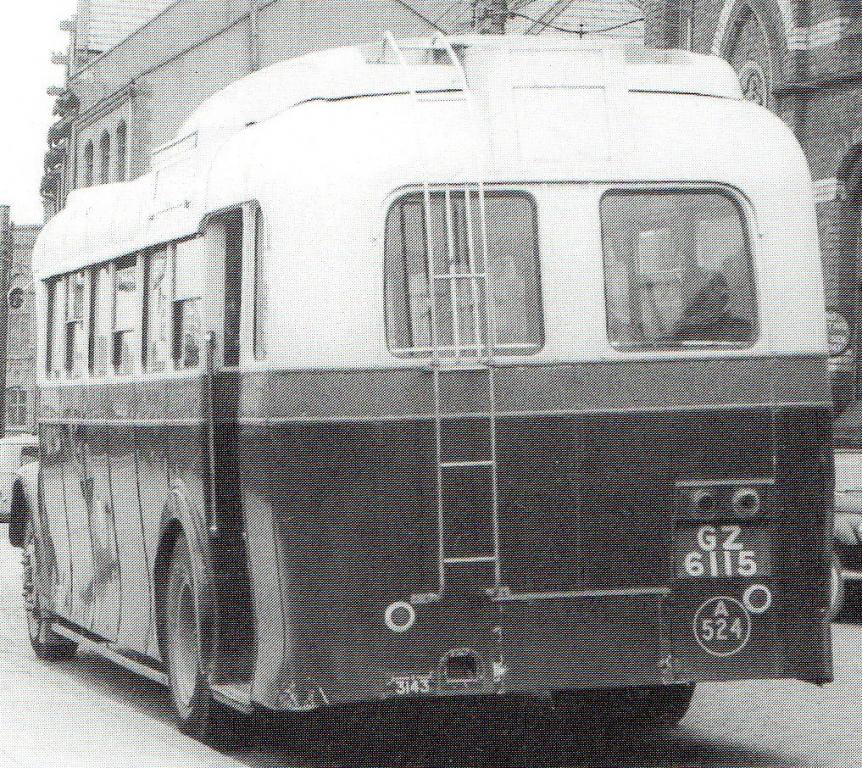
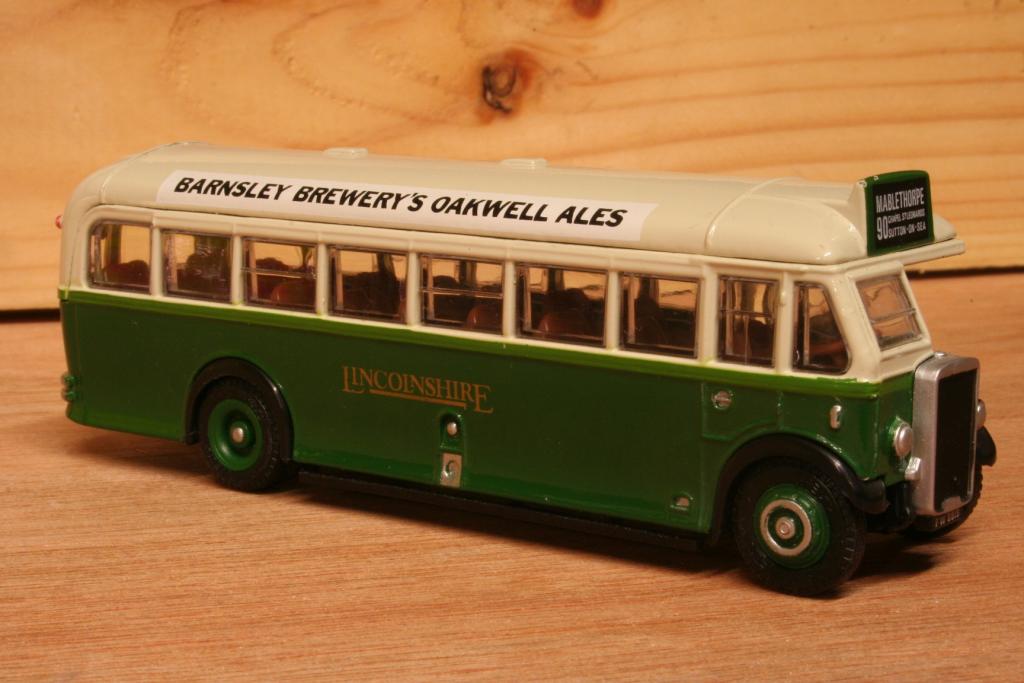
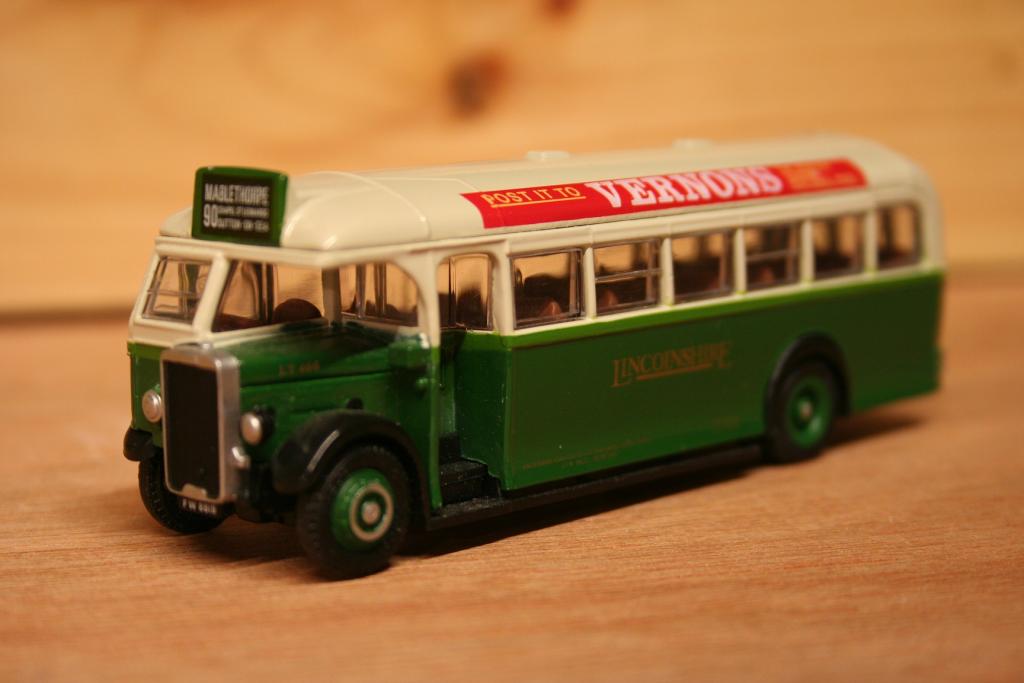
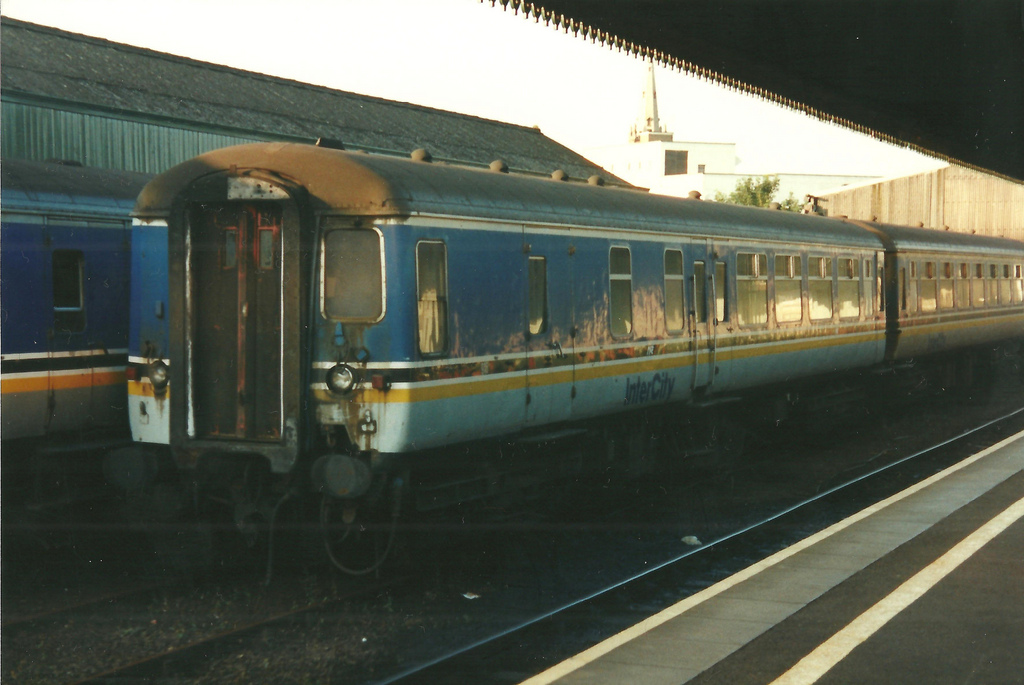
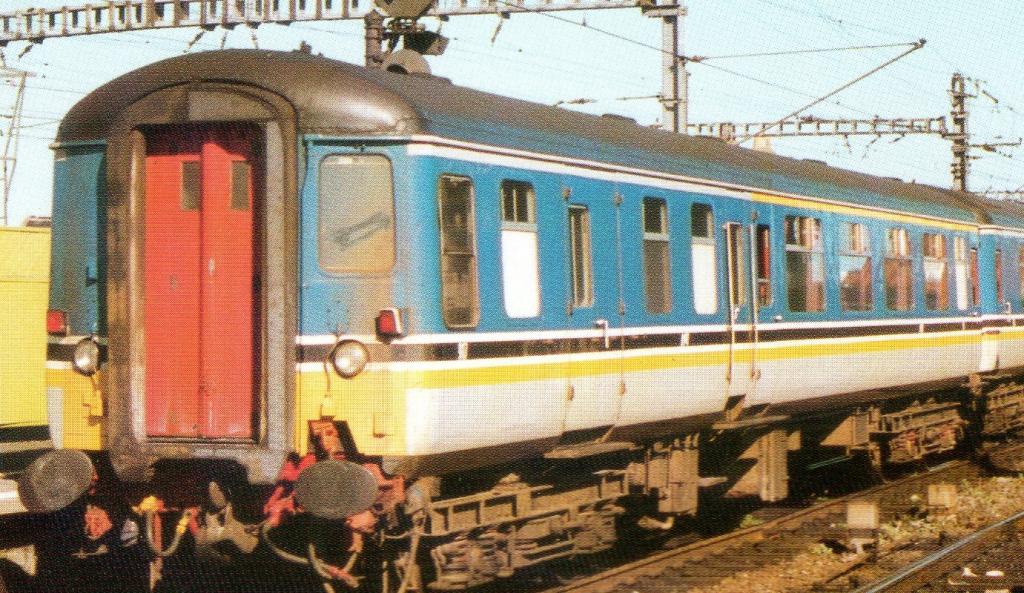

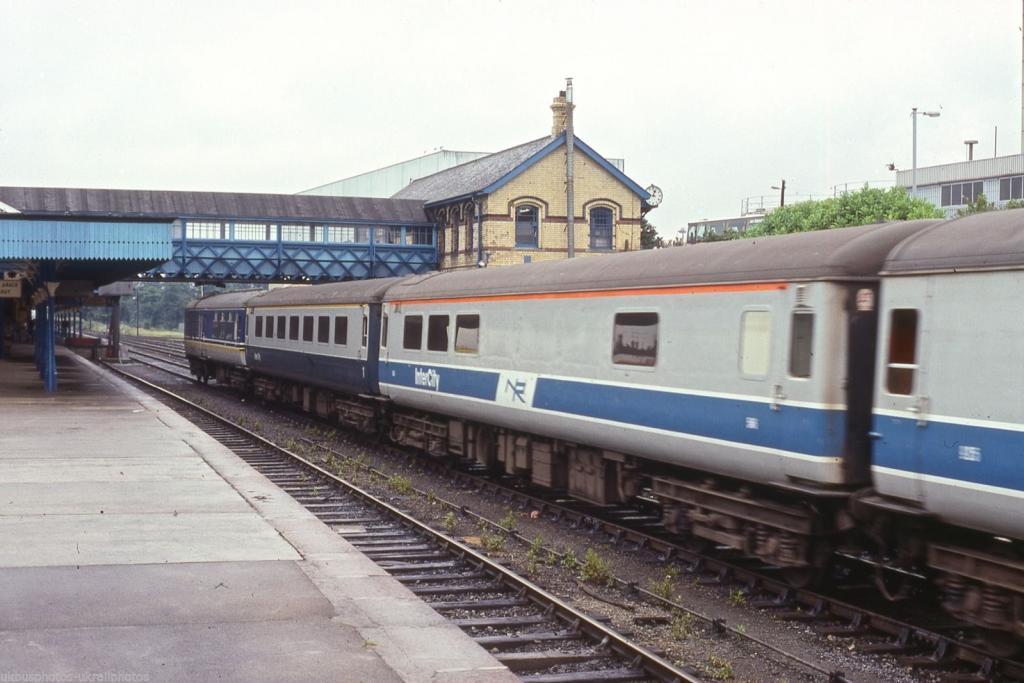
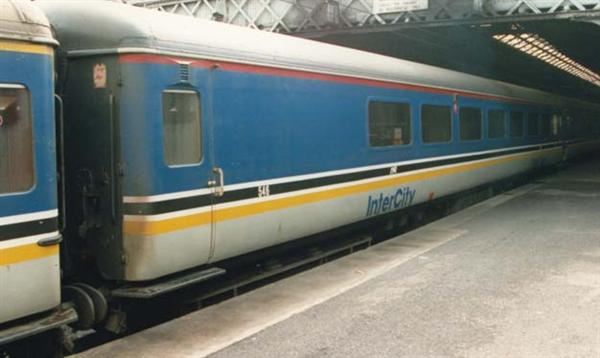
Bray Train & Model Fair
in What's On?
Posted
Seems to have been contagious. The last shop on the list posted by Wrenneire, George Smith of Elgin, closed many many years ago, and even the Toymaster store that succeeded Smiths has also disappeared.